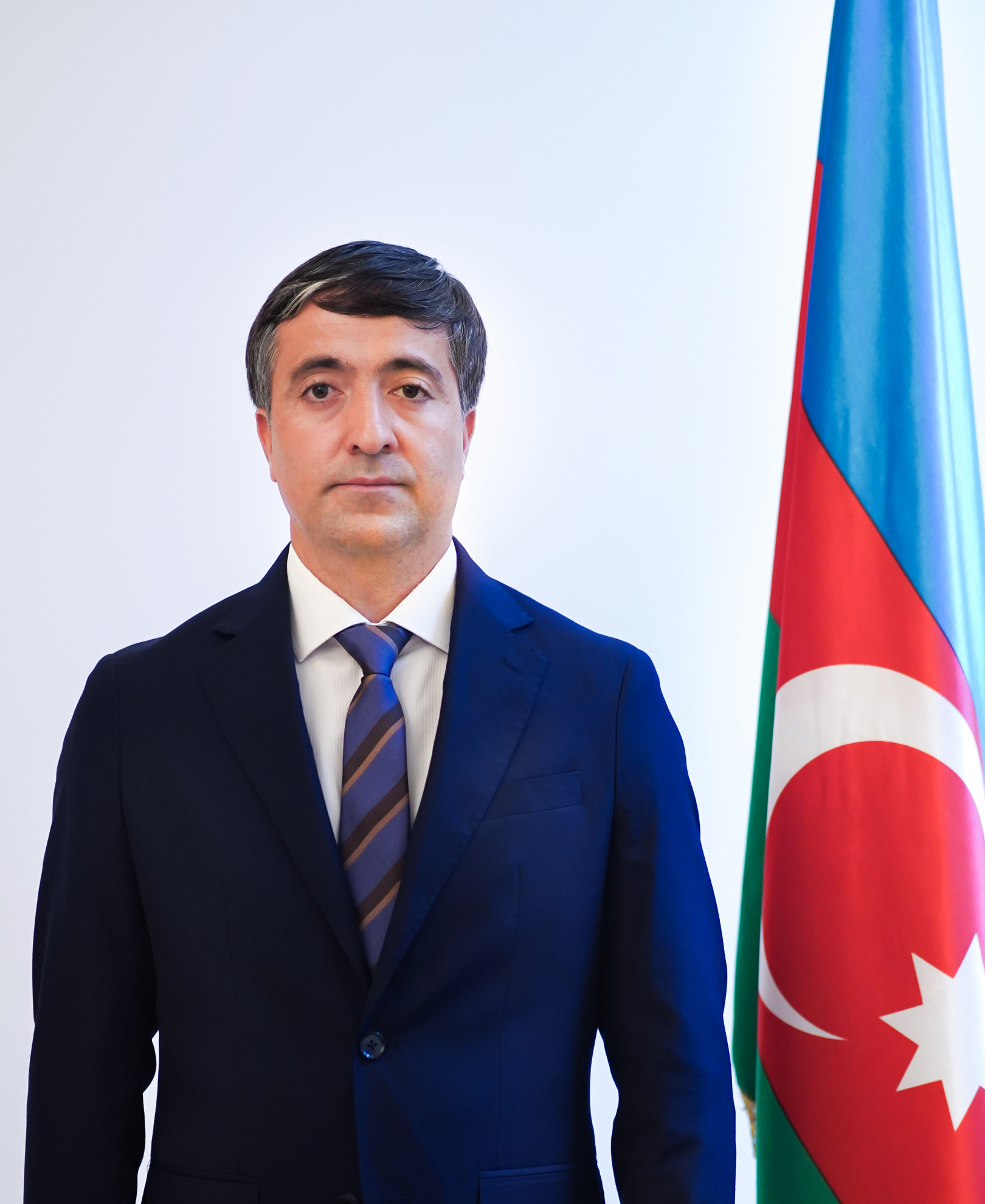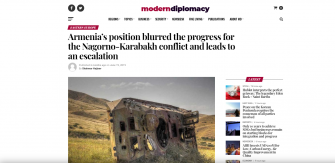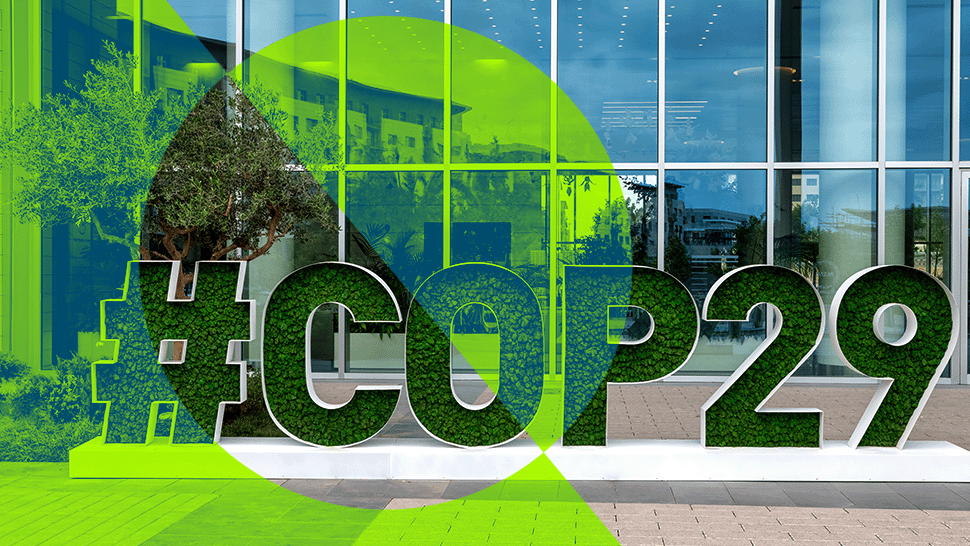The conflict between two South Caucasus countries – Armenia and Azerbaijan over the Nagorno-Karabakh became as one of the bloodiest and long-lasting conflicts contributing to instability in the region. After a ceasefire agreement signed in 1994 halting the armed skirmishes in the Nagorno-Karabakh conflict zone, Armenia and Azerbaijan pursued, albeit a fragile, diplomatic negotiations to reach a peaceful end to this bloody conflict.
However, peace talks between Armenia and Azerbaijan mediated by the OSCE Minsk Group co-chairing countries (namely the US, France and Russia) have been lasting for decades without any tangible results to achieve total peace. The current status-quo in the conflict zone was mainly favored by Armenian leadership until today in order to continue illegal activities in the occupied territories and seek for legitimacy for its occupation policy. However, four-day April 2016 fights demonstrated once again that status quo in the Nagorno-Karabakh conflict zone is very indeed dangerous.
All these developments clearly show that the status quo in the conflict zone should be changed as soon as possible, because such situation cannot be kept “frozen” any more. Any tangible result on the conflict resolution requires, first of all, Armenia to take finally result-oriented actions in order to achieve peace and prosperity in the region.
Following the government change in Armenia in 2018 with the fall of the government of Serzh Sargsyan composed of so-called “Karabakh clan” and take-over of ruling by Nikol Pashinyan (as a new Prime Minister) through mass protests against corruption and cronyism in Armenia, there was hope that the new government in Yerevan would change the situation and choose peace instead of sticking to the previous government’s policy of occupation.
The first high-level meeting (since the velvet revolution in Armenia) between Azerbaijan and Armenian foreign ministers took place on 11 July 2018 in Brussels with the mediation of the OSCE Minsk Group Co-Chairs. Actually, in the first meeting the Ministers discussed the certain parameters for re-engaging in substantive negotiations and vowed to take confidence-building measures. These meetings were conducted regularly until and after the first official meeting of head of states of Azerbaijan and Armenia in Vienna in 2019.
The first official meeting between Azerbaijan’s President Ilham Aliyev and Armenia’s Prime Minister Nikol Pashinyan was held on 29 March 2019 in Vienna. In an interview to the Russian TASS news agency President Ilham Aliyev noted “we have discussed the issues related to strengthening trust measures during contacts between people and the negotiating process should be supported by humanitarian measures”. President Aliyev also emphasized that “it is of huge importance that the format of talks remained unchanged and only Armenia and Azerbaijan discuss their problems as it was many years before”.
Prime Minister Pashinyan also regarded “the meeting as positive”, but he ruled out “that there has been a breakthrough in the negotiation process, or an evolution”.
Unfortunately, despite all aforementioned talks and positive thoughts, Pashinyan changed his position and started to support the previous Armenian policies on the conflict. Later, he even said that he will not engage in any discussions of “land for peace”. Pashinyan also demands that the format of negotiations should be expanded from the current bilateral format to include officials from the separatist regime (so-called “Nagorno-Karabakh Republic”) established in the occupied territories of Azerbaijan. It is very obvious that Pashinyan’s that proposal aims to maneuver in the negotiations or to preserve the status-quo in the conflict zone. Whereas, it seems unacceptable for Azerbaijan when Azerbaijani population of Nagorno-Karabakh region, which were forced to leave their homes and became refugees, are not considered in this regard.
The process clearly illustrates that new Armenian government is not ready for compromise to reach a peace with Azerbaijan. Instead of constructive engagement, they opted for sticking to hate speech. For instance, during the UEFA Europa League Final in Baku (29 May 2019) Arsenal’s player Henrikh Mkhitaryan (of Armenian origin) refused to visit Baku despite all high security guarantee promised by Azerbaijani government. His choice was regarded as being part of a “dirty” political game instead of playing football. Nikol Pashinyan even hailed his position in his twitter feed. Whereas, until now, many Armenian athletes participated at the Baku 2015 European Games, and many others at the international events hosted by Azerbaijan, and there were no threats and incidents for them.
In general, sportsmen may have a very positive role in conflict and hate situations. For instance, according to researchers from Stanford University, Liverpool’s Egyptian football striker Mo Salah effect is having an impact beyond the stadium walls, who found a drop in hate crimes around Liverpool since Salah signed with the club in June 2017. Mo Salah often celebrates goals by dropping to his knees and touching his forehead to the grass in the sujood (an Islamic prayer position), while Liverpool fans have a chant that goes: “If he scores another few, then I’ll be Muslim, too”. Henrikh Mkhitaryan with arrival to Baku could also use this opportunity to convey a peace message to other Armenians.
The short-term environment of peace was deteriorated by another provocation by Armenia against Azerbaijan. On 30 May 2019, during the OSCE Minsk Group co-chairs’ visit to Azerbaijan, Azerbaijani officer was killed by an Armenian sniper shot. On 9 June 2019 another Azerbaijani soldier was killed by the Armenian side, and Armenian Defense Minister awarded that who executed the Azerbaijani servicemen. These military incidents were followed by proportional casualties in Armenians’ side as well. Moreover, on June 12, 2019, Azerbaijan’s trainer plane has been detected and targeted by Armenian anti-aircraft missile system at the frontline (on Fizuli direction), but no incident was registered.
All aforementioned facts confirm that Armenian new government sticks to old mechanism, and all attempts to change the format of negotiations to present de-facto Nagorno-Karabakh as an independent party are just a maneuver to maintain the status-quo in the conflict. It is necessary to consider that, the conflict hitherto causes violence and human suffering for both nations, and without tangible results, further civil and military causalities will be from both sides. Both Armenian and Azerbaijan people suffered enough from this bloody conflict, and it is very time to achieve a peace in the region. As the Armenian journalist, social activist Susan Jaghinyan emphasized – “Sargsyan and Kocharyan destroy[ed] the people, if they continue[d] their rule, the Armenian people [would] not exist in the future”. After Velvet Revolution, Armenian people managed to change a regime, and now Armenian new government has all chances to prepare its population for peace and benefit from the regional economic cooperation. As soon as the Nagorno-Karabakh conflict resolves, the Armenian people will be able to benefit from the opportunities of the current regional economic cooperation of Azerbaijan with other partners.








